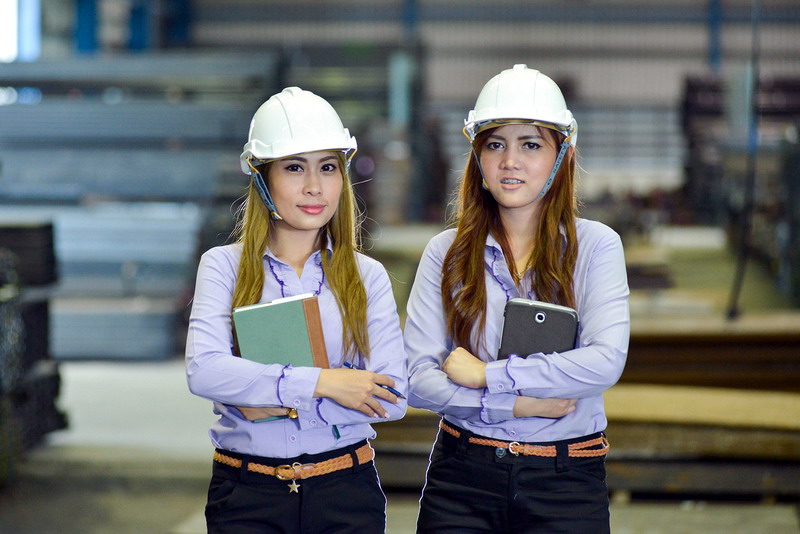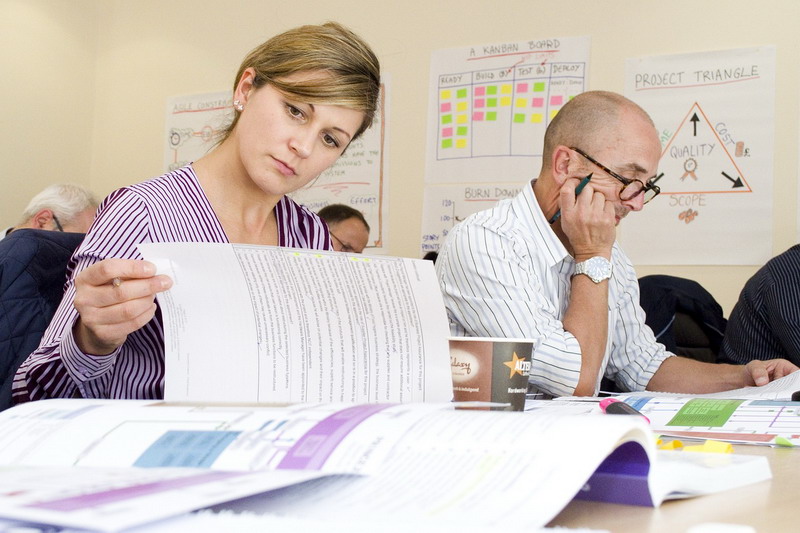
In the previous article, we talked about the roles and responsibilities of an MPE (Manufacturing Process Engineer). Now, let’s look at what an MPE actually does day to day in a company.
MPE and R&D Are One Team During Pilot Runs
When a new product goes into a pilot run, MPE works as part of the same team as R&D.
During the pilot run stage, MPE helps R&D handle all kinds of unexpected assembly engineering issues. New products almost always run into surprises—maybe the PCB was designed with a wrong circuit trace, so the product can’t even power on. In that case, MPE coordinates with the factory to cut traces or add jumper wires.
Sometimes, mechanical designs don’t fit properly, so MPE might arrange for the factory to trim some plastic or apply glue for a quick fix. No matter what the issue is, R&D and MPE are working toward the same goal. If R&D drops the ball, it affects MPE’s performance too. And usually, if you help R&D out, they’ll remember it and return the favor someday.
Also, think about it—if the whole team travels all the way to the factory for a pilot run, and the product fails, it’s a wasted trip. That’s why it’s important to keep the right mindset and do everything you can to help R&D succeed.
Maintaining Mass Production Quality and Reducing Standard Working Hours
Production cost is one of the key factors that determines whether a company makes money. MPE’s contribution is improving product yield and reducing labor hours.
So aside from being involved in R&D, pilot runs, and mass production, an MPE’s next big responsibilities are:
-
Maintaining product quality during mass production.
-
Finding ways to improve yield through better jigs, fixtures, automation, or other methods.
-
Reducing standard working hours without sacrificing quality.
Reducing working hours means saving labor costs. There are many ways to do it—using special jigs, adding automation, or even removing unnecessary processes. Since working hours are a measurable standard, MPE is also responsible for recording them. You can get this data from the factory’s IE (Industrial Engineer), but MPE must still review and confirm the numbers are correct.
Summary of MPE’s Main Job Responsibilities
All that said, we can boil down an MPE’s core responsibilities to just a few key points. Everything else is an extension of these:
-
Work with R&D to develop new products and make sure they can be smoothly mass-produced in the factory. After the pilot run, provide DFx feedback to R&D for design improvements.
-
Record the product’s standard working hours for future process simplification, improvement, and cost-saving efforts.
-
Ensure production yield stays above the design target.
-
Develop new manufacturing processes and introduce them to the factory.
-
Work with the factory to quickly solve production line quality issues and keep shipments on track.
Related Posts:









Leave a Reply